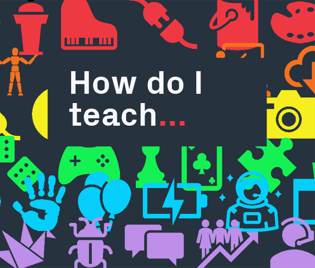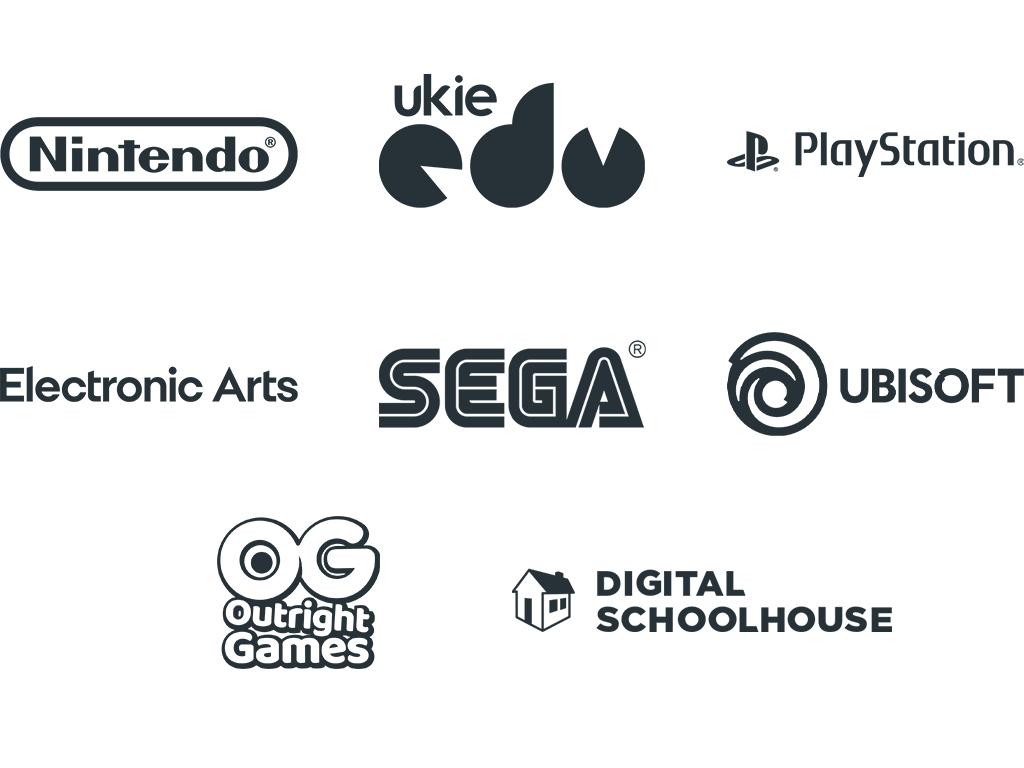
How to teach working with various forms of input and output in Key Stage 2 Computing
This months National Curriculum strand: working with various forms of input and output
This month our 'How do I teach...' blog will focus on ideas around how to teach students to work with various forms of input and output in Key Stage (KS2) computing.
Common misconceptions
- Devices or Data? One issue with this strand (to work with various forms of input and output) is that the words input and output are not defined - does it mean data or devices?
As this is in the 'programming' section I think we can safely say that this is talking about input and output data, but I also believe it is important to ensure that students understand the difference between the two.
Students at secondary level often have the misconception that input devices are called 'input' because you have to plug them into the computer. Focussing on input and output in terms of data at a primary level should help to redress this misconception as you can then introduce the devices that collect input data as input devices and the devices that pass out output data as output devices.
It is also an opportunity to look at input and output data in broader terms. Using some Microbits with Scratch using the Microbit extension is a nice way of introducing input data beyond the typical text or mouse click. My suggestion would be to use this to introduce students to the accelerometer, an input device which allows the user to use the devices X, Y and Z planes as input data. You could teach your students to set up a Microbit so you control a player in a simple dodging game by tilting the device. - Focus on text and number. Text and numbers may be the most obvious examples to use while teaching about input and output data but they may not be the most memorable.
Scratch has the built in ability to allow students to use input devices to control more unusual output data - try connecting the 'When XXX key pressed' hat to the 'change color effect by XXX' to see your sprite's colour change at the literal press of a button or try connecting it up to the 'change pitch effect by XX' block with a 'start sound XXXX' to hear the pitch of the sound change at the press of a key. Using the sound blocks is also a great cross-curricular task to link to music too.
Want to extend the tasks further? Ask your students if they have any ideas about how the numbers in the 'change color effect' and 'change pitch effect' blocks can change the actual colours of the sprite displayed or the pitch of the sound being played. - You need a computer to teach about input and output data. A fun way of introducing input and output data is to use self-working number tricks where, regardless of the input data, the output data is guaranteed. Try this one out with your class:
- Pick a number between 1 and 10
- Multiply that number by 9.
- Add the first and second digit of the number together. If it's a single digit number (i.e. 9), add 0.
- Add 4 to this new number.
- "Guess" the answer. Each and every time, the answer will be 13.
- If a student chooses 3, here's how the equation will unfold: 3x9=27. 2+7=9. 9+4=13
What resources do Digital Schoolhouse have to support the teaching of this strand?
Workshops
- Crazy Graphics. In this workshop learn how computers represent images and learn how to use input data within a spreadsheet to control what colour each cell will be output as.
- Maths Quiz. In this workshop design a maths quiz that requires the user to input their answers and output the question text in Python.
- Switched on Sound. In this workshop learn about how early computers used punch cards to input data and how these can be used to control sound output by a Nintendo Switch.
Playful Computing Activities
Paint by Pixels. This activity is a brilliant way of introducing students how computers represent images, take it one step further by using numbers to represent the colour of each pixel and you're beginning to teach your students how a computer represents image data using numbers (ultimately stored as binary).
And there you have it, three workshop suggestions and a playful computing activity to help you deliver the working with various forms of input and output strand from the Key Stage 2 National Curriculum for Computing.
If you have any comments or queries about these resources, I'd love to hear from you - drop me an email at estelle@ukie.org.uk.
If you're not sure where these activities could fit into your curriculum or would like to see the resources in action first? You can book a free workshop with your local Schoolhouse.


